What is Free Software
The principles of Free Software are simple but it is important to not get confused by the underlying complexity caused by its long history. Learn about the four freedoms and their meaning, the fundamentals about Free Software licences, the advantages that Free Software provides, and the most common synonyms.
Looking beyond the circle of software itself, you can read more about the interplay of Free Software with other fields like education, procurement and democracy.
The Four Freedoms
Free Software refers to freedom, not price. It guarantees its users the essential four freedoms. The absence of at least one of these freedoms means an application is proprietary, so non‐Free Software.
Use
Study
Share
Improve
-
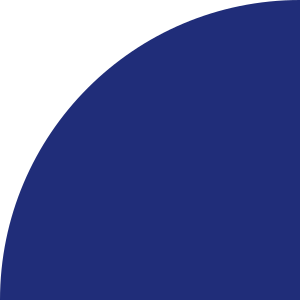
Use
Free Software can be used for any purpose and is free of restrictions such as licence expiry or geographic limitations.
-

Study
Free Software and its code can be studied by anyone, without non‐disclosure agreements or similar restrictions.
-

Share
Free Software can be shared and copied at virtually no cost.
-
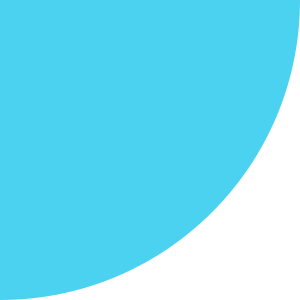
Improve
Free Software can be modified by anyone, and these improvements can be shared publicly.
Licences
The four freedoms are given by a software licence. Software licences define the conditions under which a programme can be used and reused. For it to be Free Software, the licence text must contain at least the four freedoms. The Free Software Foundation and the Open Source Initiative maintain lists of reviewed and approved licences. An application can usually not be considered Free Software if its licence does not appear in one of these lists.
There are a multitude of licences with different focuses, and a software product or parts of it can also be licensed under more than one licence. The actual selection is a strategic question but you are advised to pick one of the most widely used licences. For more insights on legal and licensing questions, you can Read more...
Advantages
Free Software is about freedom. In practice, this provides numerous advantages for users, organisations, businesses, and governments.
-
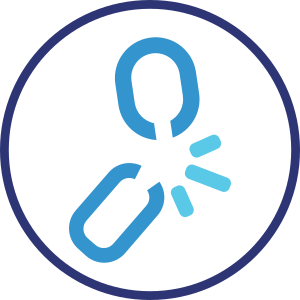
Autonomy
Free Software helps to develop and maintain tailored software that suits your needs, not just the vendor's business model.
-

Collaboration
Free Software can be shared and used in a non-exclusive way by everyone – serving the public good.
-
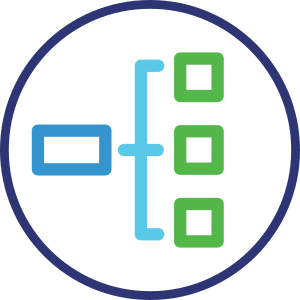
Share & Copy
A Free Software licence allows a limitless number of installations to be run, without paying extra.
-
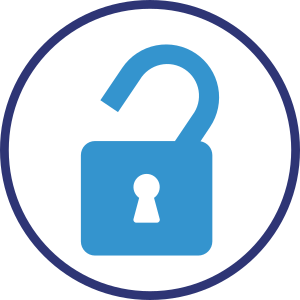
No Lock-in
Free Software licences reinforce independence from vendors and provide more choice in service providers.
-
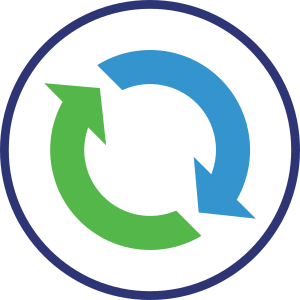
Reuse Code
Free Software provides the freedom to reuse the code for other projects.
-

Innovation
A Free Software licence encourages innovation for your software.
-

Competition
Free Software resists monopolisation and enhances competition.
-

Security
Free Software allows for independent security checks that help close security holes faster.
Synonyms
Over the course of time, people came up with additional labels for Free Software. Often the motivation for these terms is to highlight different aspects and to avoid confusion.
Free Software was first defined with the four freedoms mentioned above by the GNU project in 1986. In 1998, "Open Source" was set up as a marketing campaign for Free Software but with the same freedoms in mind. Other widely known labels for Free Software are "Libre Software", initiated to avoid the ambiguity of the English word "free", and "FOSS" or "FLOSS" as abbreviations for "Free (Libre) Open Source Software".
The level of freedom particular software offers is always determined by the licence, not the label. In other words, don’t get confused by different terms for the same features. If you are interested in the historical background and why we prefer the original term, you can Read more...
There are also terms that are commonly misused as synonyms to describe Free Software. “Public Domain” is one of such terms, and it is important to maintain a distinction between Free Software and public domain. Put in simple terms, the public domain consists of all creative work (including software) to which no copyright applies. The rights to these works may have expired, been expressly waived, or may be inapplicable. While these are the very general principles behind the public domain, the decisive factor of what constitutes public domain will always be determined by the legal principles in the country in which a work is to be used.
While software in the public domain certainly can overlap with the aims of Free Software, as a rule, Free Software is not synonymous with public domain. Indeed, most of Free Software is bound by the rules of copyright. Especially in the European Union, the existing copyright and patent systems make it difficult to identify a work under the public domain accurately. To avoid ambiguities in how you intend to share a piece of work, it therefore is preferable to use a Free Software licence rather than placing the work in the public domain, as a Free Software licence is able to provide clear and comprehensible legal information on the rights and obligations involved in using that software.
Further Insights
The numerous advantages of Free Software are a benefit in themselves, but also contribute positively to other technical and non-technical fields. Since the FSFE's foundation in 2001, we have been exploring different areas and how Free Software can make a difference.
- Democracy: technology greatly influences today's society. That is why control over technology has to be in the hands of everybody, not just a small group.
- Open Standards: Open Standards allow people to share all kinds of data freely and with perfect fidelity. They resist lock-in and other artificial barriers to interoperability, and promote choice between vendors and between technology solutions.
- Education: Free Software is pedagogically superior; its basic spirit of freedom and cooperation is the proper spirit of education in a democratic environment.
- Public Procurement: Free Software is a perfect fit for the public sector. It is a public resource that government organisations can use, study, improve, and share with each other. For citizens, this means transparency, cost efficiency, and the freedom to interact with their government in the way that suits them best.
- International development cooperation is concerned with the sustainable improvement of global economic, social, ecological and political conditions. Free Software is becoming an indispensable fundamental technology that guarantees legally compliant international cooperation and reuse - a technology that enables global scaling with simultaneous local adaptability.
- Artificial Intelligence (AI) has made enormous developments in the last few years and it will not slow down – rather the opposite. While AI applications benefit the lives of many citizens, they may also undermine our ability to control technology and put fundamental freedoms at risk. We explore how releasing AI applications under Free Software licences paves the way for more accessibility, transparency, and fairness.
- Ending Software Patents is a measure in which we can achieve a world where software users are able to participate in the development and distribution of software. Software patents add legal and financial risks to software development and distribution by giving patent holders legal power to prohibit software developers from using patented ideas. The result of this is that software patents are ultimately harmful to innovation, the economy, and to society.
- Sustainability: Everyone can use Free Software without limitations from the past, today, and in the future. As demonstrated in our short study, with Free Software we can maintain programs and prevent software obsolescence. We can repair and repurpose hardware, extending their lifetime and saving natural resources.